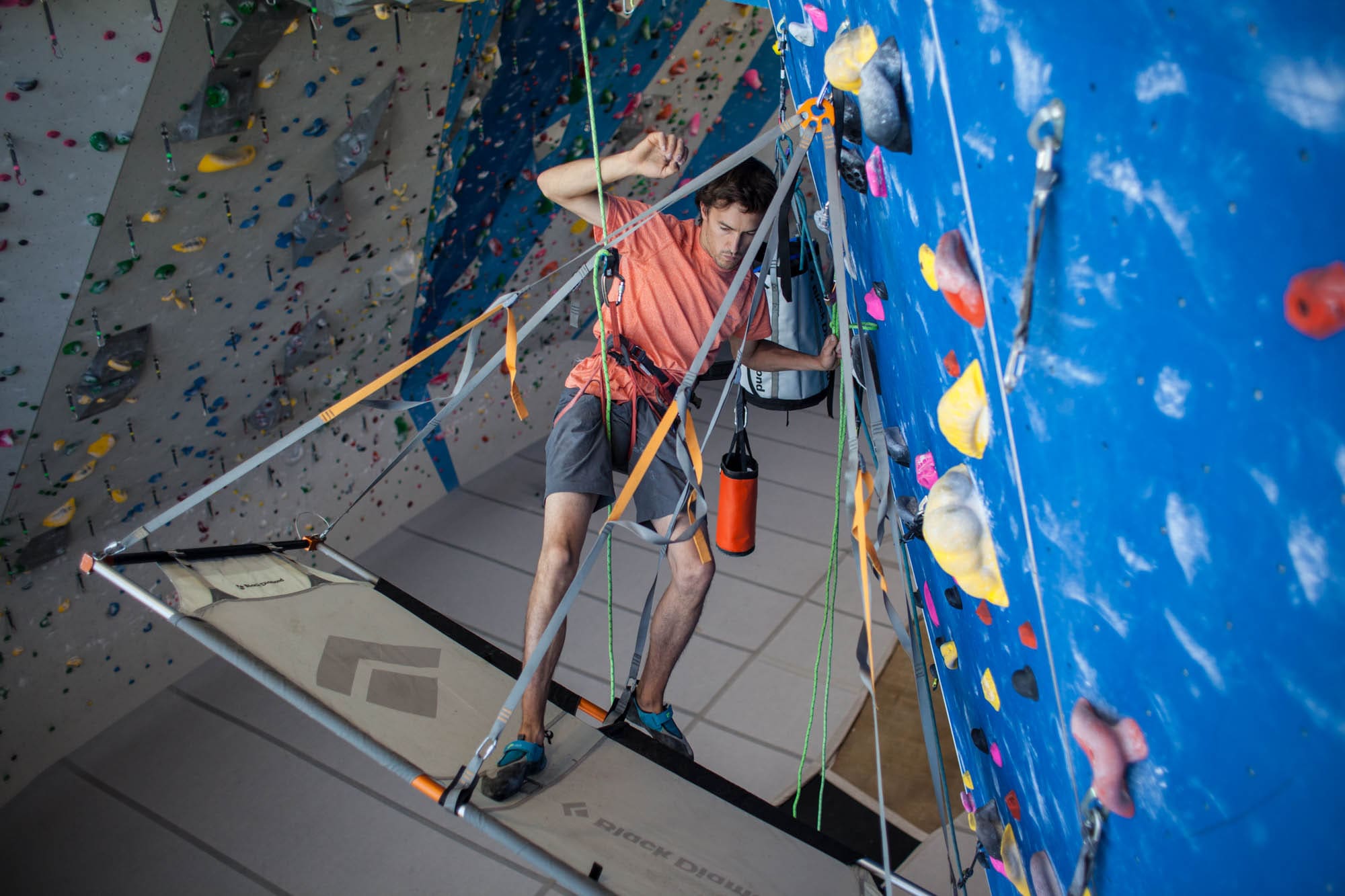by Mason Earle /
Thinking about climbing a big wall? Do you dream of spending days ascending an enormous wall, sleeping on portaledges, and watching as the ground grows distant until the trees look like toothpicks? Big wall climbing can be incredibly fun and rewarding— but it can also be a nightmare. Meticulous planning is crucial for successful big wall adventures. Here are a few pieces of beta to make your first wall a pleasure cruise instead of a suffer-fest.
1. There are 3 things you must not run out of on a big wall climb: water, food, and chapstick. Your average day on a wall is not your average day climbing. Between climbing, hauling, and general wall-labor, you will be working a lot harder than normal. It’s like taking a full day at the crag, but instead of resting in-between routes, you’re framing a house. When packing food and water, be sure to bring extra calories, and don’t shortchange yourself on water. Oh, and if you run out of lipbalm with SPF on a hot sunny wall, you’ll look like you made-out with a BBQ grill by the time you make it back down.
2. Everything is amplified on a wall: the sun burns hotter, the wind blows colder, and the rain will soak you to the bone. Even with an impeccable forecast, you must plan for every possible weather scenario. In Yosemite and Zion, you can be getting sun burned one day and snowed on the next. Pack rain gear, warm layers, and a good sun shirt. Opt for bringing synthetic insulation rather than down-insulated gear— your down sleeping bag will become useless if it gets wet.
3. Never leave the ground without sunglasses. Being on a wall is a lot like being on a glacier— there is usually no shade to be found when it’s sunny, and the rock acts like a giant UV mirror, bouncing all that light right back at you. Even if you “usually don’t get sunburned,” pack some sunscreen as well.
4. Always have water accessible. Hydration is key to staying sharp, and if all your water is buried at the bottom of the bag, you’ll be less inclined to drink it. Tape a sling around a 1L bottle so that you can have water out at the belay at all times, or a bottle that can clip to your harness for those multi-hour aid leads.
5. Familiarize yourself with how to use a WAG bag, or whatever waste disposal system you choose to use. Having your #2 game dialed-in makes life on the wall a smooth ride. Though relatively costly, WAG bags offer the most convenient and sanitary waste disposal option.
6. Take care of your hands on the wall. Walls are harsh on fingers, to the extent of people being rescued off El Cap with seized up “wall-claw” hands. Bring hand wipes and salve. Cleaning and moisturizing your hands each day on the wall will help keep your mitts in working condition. A good pair of gloves are a must as well (I prefer full fingered). Wear your gloves whenever you are handling ropes. Ropes have a cumulative effect on your hands, and a few days of wall life can be ruinous to your fingers.
7. Be sure to have a good emergency med kit and learn how to use it. Compiling wound cleaning and dressing materials, ibuprofen, an antihistamine, and tape is a good start. You need to be prepared for emergency situations on the wall, where the best case scenario is a rescue in several hours. If you’re outside of Yosemite or Zion, a rescue might not be an option.
8. Make sure you have a good understanding of how your portaledge works. Setting one up for the first time on a wall is not advisable. Practice setting one up while hanging off a tree in the park, and keep in mind you will be hanging in a harness while doing this. Dealing with the ‘ledge can be one of the most awkward tasks on the wall.
9. A big roll of duct tape is very useful on walls. From taping up leaky water bottles, to repairing haul bags, some quality duct tape goes a long way. Walls are hard on gear— jackets and sleeping bags get ripped, and ropes get core shot. Duct tape has proven to be the answer to many problems in the vertical world (note: if your rope is really really core-shot, duct tape might not help).
10. Choose your big wall partner carefully and wisely. You’ll be stuck with them for days on end in trying and stressful situations, so make sure they are somebody you trust and really like spending time with. A sense of humor goes a long way on a wall! Most importantly, make sure that they are safe and have a good understanding of the technical aspects of big wall climbing.
Even with perfect planning, a million little things always seem to end up going wrong on the wall. There are so many factors involved in executing a big wall climb you’ll inevitably be dealing with some hiccups. There’s a lot more than climbing involved in getting up a big wall, but that’s part of the adventure. In the end, a solid work ethic and determination are the most important things you need to bring. Have fun!



I was very happy to seek out this insetnet-tire.I wished to thanks for your time for this wonderful read!! I positively having fun with each little little bit of it and I’ve you bookmarked to take a look at new stuff you weblog post.